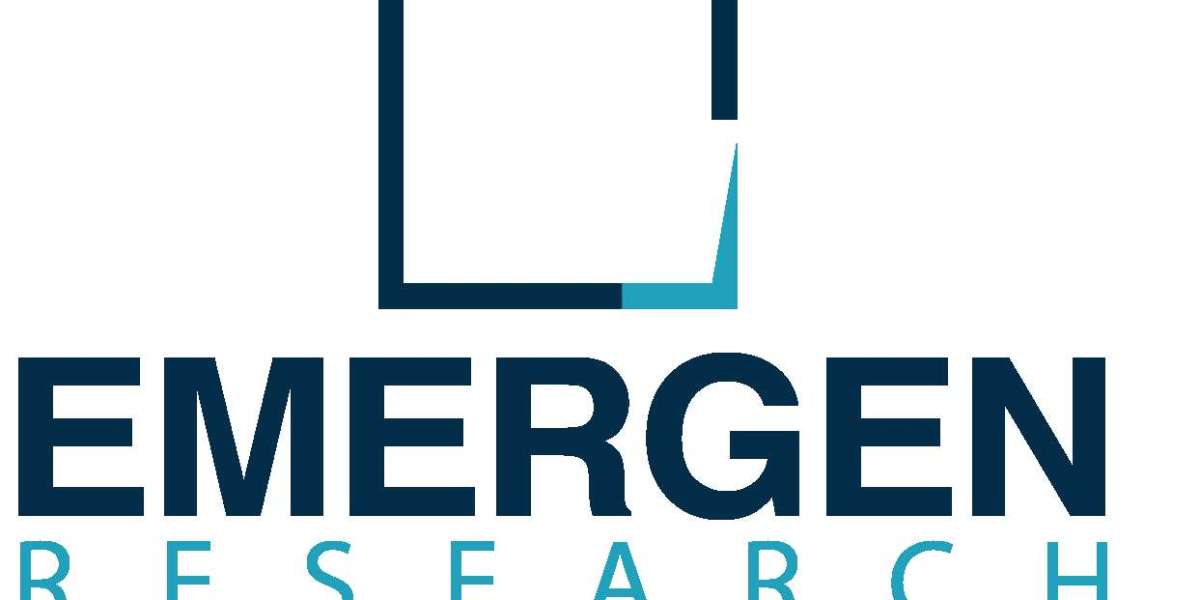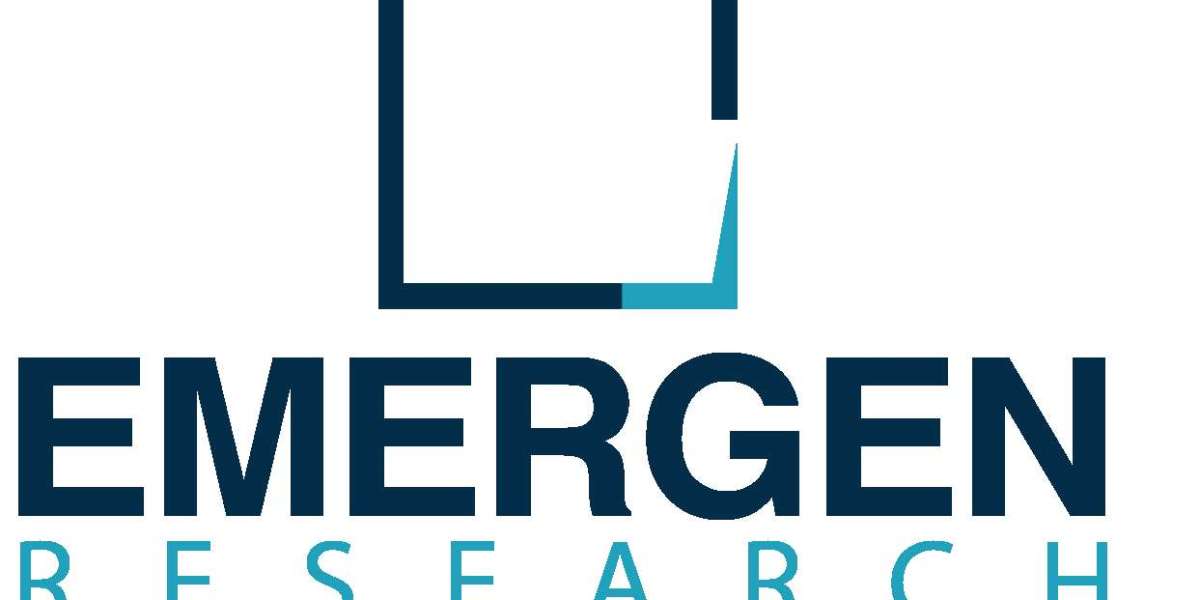The systematic, goal-oriented therapy known as cognitive behavioral therapy, or CBT, is well-known for its ability to effectively treat the symptoms of attention-deficit/hyperactivity disorder (ADHD). The objective of this treatment method is to assist individuals better manage their symptoms and enhance their everyday functioning by addressing behavioral patterns, thoughts, and coping mechanisms.
Knowing CBT and How to Use It for ADHD
- Fundamental Ideas of CBT:
Behavioral modification is the process of recognizing and changing the actions that lead to symptoms of ADHD, such as impulsivity or inattention.
Cognitive restructuring focuses on unfavorable cognitive patterns and self-perception in relation to difficulties associated with ADHD.
- Methods Employed in CBT:
Behavioral strategies include training in organizational skills, putting behavior change plans into action, and using reinforcement tactics.
Cognitive techniques include recognizing and disputing false beliefs, strengthening self-control, and sharpening problem-solving abilities.
CBT Techniques Adapted to ADHD Symptoms
- Behavioral Strategies:
Self-Monitoring: Encouraging people to keep a log of their actions in order to spot trends and situations that make them impulsive or distracted.
Teaching time management techniques, such as task prioritization, planning, and task break-down into manageable parts.
- Methods of Cognitive Restructuring:
Dispelling Negative Thoughts: Assisting people in refuting self-defeating statements or self-limiting views.
Teaching methods to enhance focus and attention control in the context of mindfulness.
Including CBT in Treatment Plans for ADHD
- Session Structure for Therapy:
Goal-Driven Sessions: The objectives of each session are predetermined, such as controlling impulsivity or enhancing organizational abilities.
Assignments for Homework: Provide hands-on activity to reinforce newly acquired skills in between sessions.
- Collaborative Interaction:
Encouraging proactive engagement in setting objectives and putting self-improvement plans into action.
Involving Support Systems: Applying techniques acquired in treatment to everyday situations by involving family members or other support systems.
CBT Methods for Particular ADHD Issues
- Controlling Impulsivity:
The "pause-and-plan" technique teaches people to think things through, choose a thoughtful course of action, and halt before acting impulsively.
Using role-playing to practice different, less impulsive reactions is known as behavioral rehearsal.
- Improvement of Inattention and Focus:
activities to Develop Attention: Teaching people attention-building activities and strategies such as sustained focus challenges.
Environmental Modifications: Setting up spaces to reduce distractions and increase concentration.
Resolving Emotional Instability
- Techniques for Emotional Regulation:
Emotion Identification: Empowering people to identify and categorize their feelings in order to more effectively control them.
Techniques for Emotion Regulation: Using progressive muscular relaxation, deep breathing, or relaxation exercises to manage emotions for traetment .
- Handling Stress and Anxiety:
Stress Coping Skills: Giving people tools to handle their stress, such as visualization, problem-solving, or mindfulness.
Teaching people how to question their worried thoughts and practice relaxation techniques are two strategies for reducing anxiety.
Effects and Upkeep Over Time
- Maintenance of Skills and Generalization:
Promoting the use of acquired abilities in a variety of contexts, including social, professional, and academic settings, is known as "generalizing skills."
Sustained Practice: For long-lasting behavioral changes, CBT techniques should be reinforced and practiced continuously.
- Regular Evaluations and Follow-Ups:
Evaluation of Progress: Regular evaluations to track advancement and pinpoint areas in need of modification or additional care.
Modifying Treatment Plans: Changing the objectives and approaches of therapy when patients demonstrate progress or face new difficulties.
Using CBT and Medication Together to Treat ADHD
- The Combined Approaches' Synergy:
Benefits that Complement Each Other: Using CBT in conjunction with medication frequently results in better symptom control and general functional improvement.
Customized Integration: Adapting the mix to each person's requirements and reactions.
- Working Together to Make Decisions:
Consultation with Healthcare Providers: Conversations between doctors, therapists, and patients to determine the value and necessity of interdisciplinary treatments.
Frequent Monitoring and Adjustments: Ongoing assessment to guarantee the best possible treatment strategy for every patient. Targeting behavioral patterns, cognitive processes, and coping mechanisms, cognitive behavioral therapy provides an organized and useful method of treating ADHD symptoms. People with ADHD can learn useful skills to better manage their impulsivity, inattention, emotional dysregulation, and other related issues through a goal-oriented, cooperative process.
Customizing CBT Methods for Various Age Groups
- Cognitive Behavioral Therapy for Kids:
Interactive and Play-Based Approaches: These involve teaching kids CBT skills through games, role-playing, or visual assistance.
For younger audiences, simplify ideas into language they can grasp by using concrete examples and simple language.
- CBT for Teenagers:
Including Real-Life Scenarios: Applying CBT principles to circumstances that are related to peer interactions, academic stress, or family issues.
Fostering Self-Reflection: Encouraging self-examination and self-awareness to spot trends and triggers for improved self-care.
- Adult Cognitive Behavioral Therapy:
Application in the Workplace: Using CBT techniques to address ADHD-related issues in the workplace, such as prioritizing tasks or managing time effectively.
Stress Management in Daily Life: Applying stress-reduction strategies while concentrating on adult-specific pressures and obligations.
CBT and Enhancing Social Skills
- Instruction in Social Skills:
Role-playing social interactions helps people recognize social signs and respond appropriately by having them practice in social circumstances.
Teaching strategies to resolve social problems and improve interpersonal connections is known as social problem-solving.
- Developing Confidence and Self-Esteem:
Promoting a positive self-image involves cognitively reworking unfavorable self-perceptions in order to increase self-assurance.
Acknowledging skill mastery: Highlighting and applauding individual accomplishments to support a healthy sense of self-worth.
The Function of CBT in Improving Academic Performance
- Improvement of Study Skills:
Study Habit Modification: Teaching time management, organizing skills, and productive study methods.
Task Planning and Execution: To improve task completion, divide tasks or projects into manageable steps.
- Establishing and Reaching Goals:
SMART Goals Approach: To improve motivation and accomplishment, use goals that are Specific, Measurable, Achievable, Relevant, and Time-Bound.
Tracking Progress: Putting procedures in place to keep tabs on advancement and commemorate achievements in academic endeavors.
Participation of Families in CBT Sessions
- Interventions Based on Families:
Teaching Families about ADHD: Arming family members with knowledge and coping mechanisms to enhance comprehension and provide greater support.
Collaborative problem-solving: Including families in the process of recognizing issues and putting behavioral treatments into practice at home.
- ADHD Parenting Techniques:
Consistent Structure and Routine: To help children with ADHD, it is recommended to have regular schedules and expectations.
Using efficient reinforcement techniques to promote desirable actions is known as positive reinforcement.
The Use of CBT to Help People Manage Comorbid Conditions
- Handling Anxiety and Depression:
Helping people adopt relaxation strategies and challenge anxious beliefs is known as cognitive reframing for anxiety.
Restructuring Negative Thought Patterns to Alleviate Depression Symptoms: Cognitive Behavioral Therapy (CBT) methods for reorganizing negative thought patterns.
- Problems with Substance Abuse or Impulse Control:
Finding Cravings and Triggers: Teaching techniques to identify cravings and control impulses linked to substance abuse or addictive behaviors.
Building Emotional Regulation Skills: Improving stress and emotion management abilities as a preventative measure to lessen impulsive conduct.
The Function of CBT in Creating Adaptive Coping Strategies
- Developing Resilience:
Problem-Solving Skills: Teaching people how to overcome obstacles by cultivating efficient problem-solving methods.
Developing adaptation and flexibility to deal with unforeseen circumstances or setbacks is known as adaptive coping strategies.
- Long-Term Techniques for Self-Management:
Self-Monitoring and Reflection: Encouraging people to evaluate themselves and modify CBT methods in response to changing needs.
Integrating learnt CBT skills into a holistic lifestyle to support continuous symptom control is known as lifestyle integration.
The Development of CBT and Its Future Scope
- The use of technology in CBT has advanced:
Online Digital Platforms: Using apps, online resources, or virtual sessions to increase the accessibility and interactivity of CBT.
Virtual Reality (VR) Interventions: Investigating the use of VR-based CBT to create engaging and immersive therapy environments.
- Customized and Flexible CBT Methods:
Customized Treatment Plans: Including features that are distinctive to each patient and their reaction to therapy.
Using data-driven methods to forecast treatment outcomes and modify interventions accordingly is known as predictive analytics.
In summary
Across age groups and life domains, cognitive behavioral therapy provides a flexible and adaptive means of treating the complex issues related to ADHD. CBT's potential to help people with ADHD create coping mechanisms, enhance everyday functioning, and promote personal development is growing as it develops and incorporates new technology.









